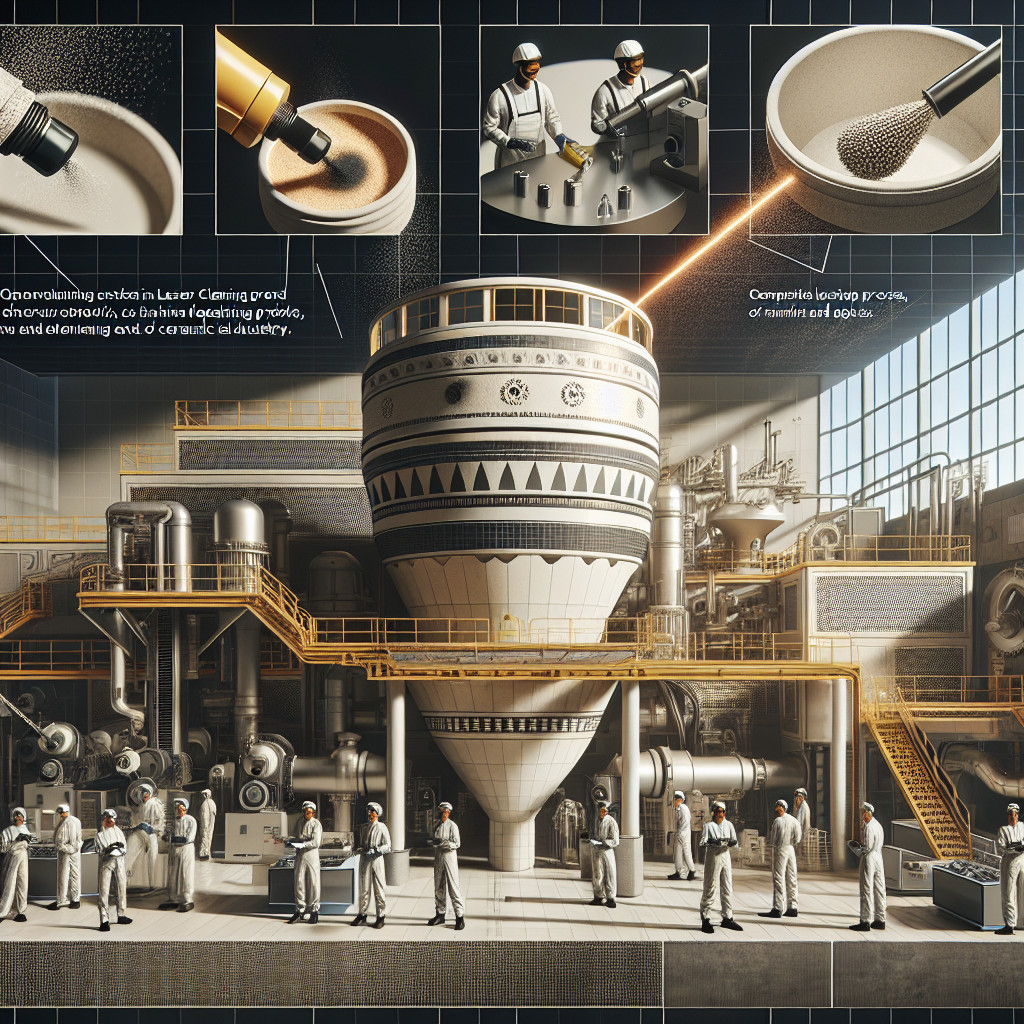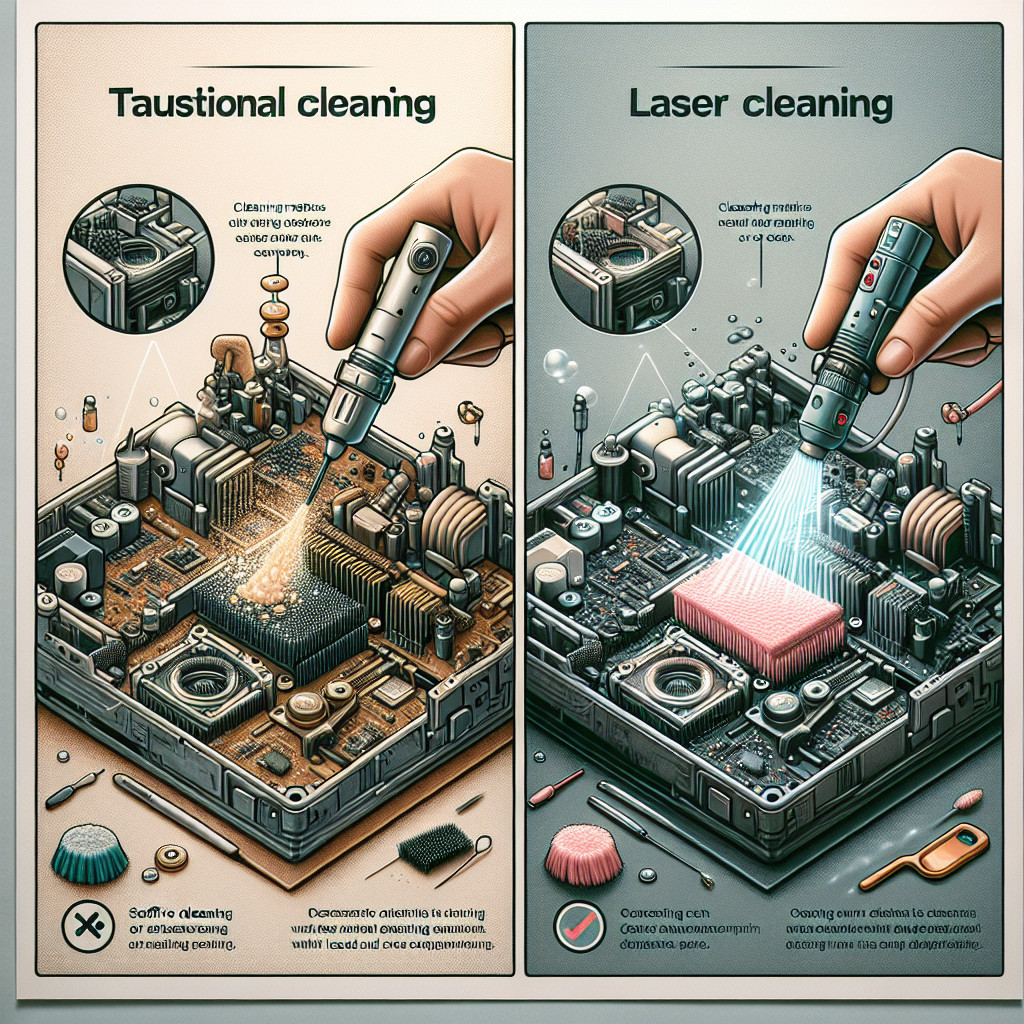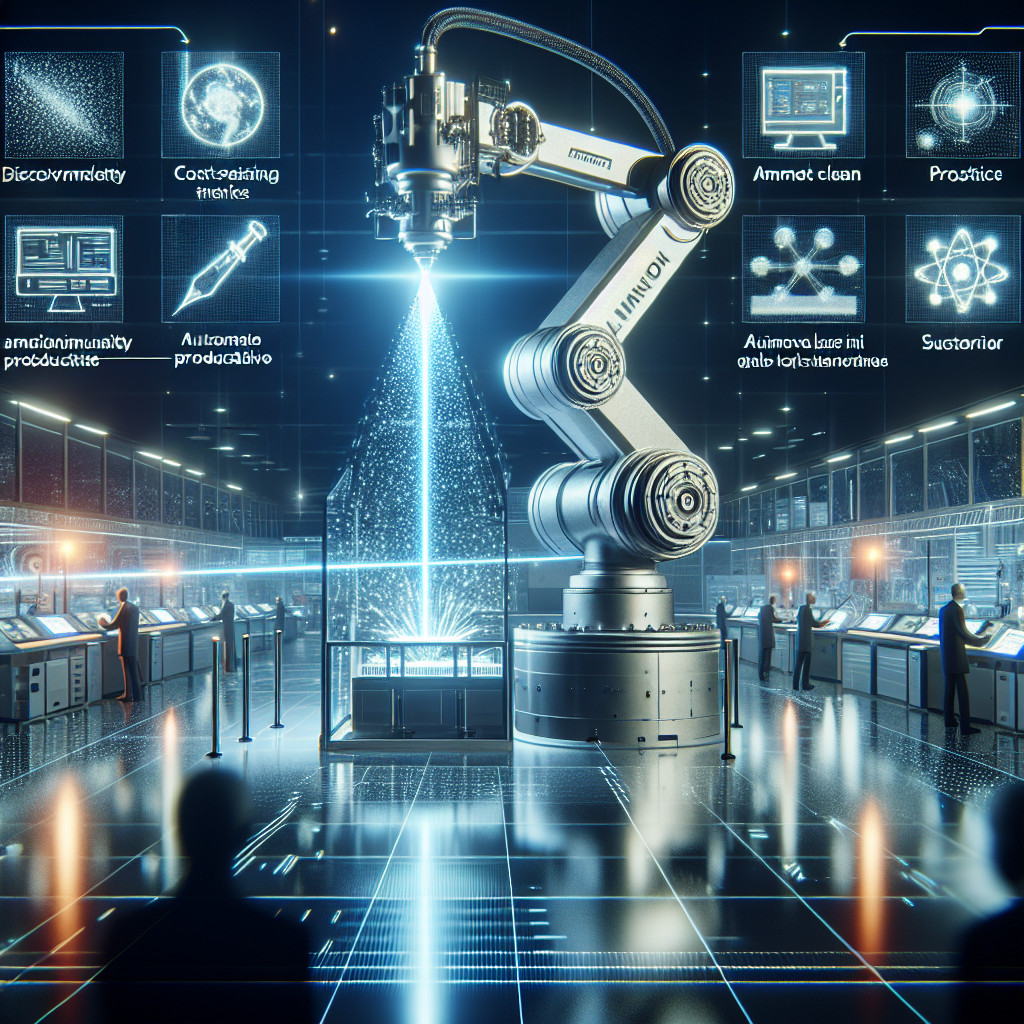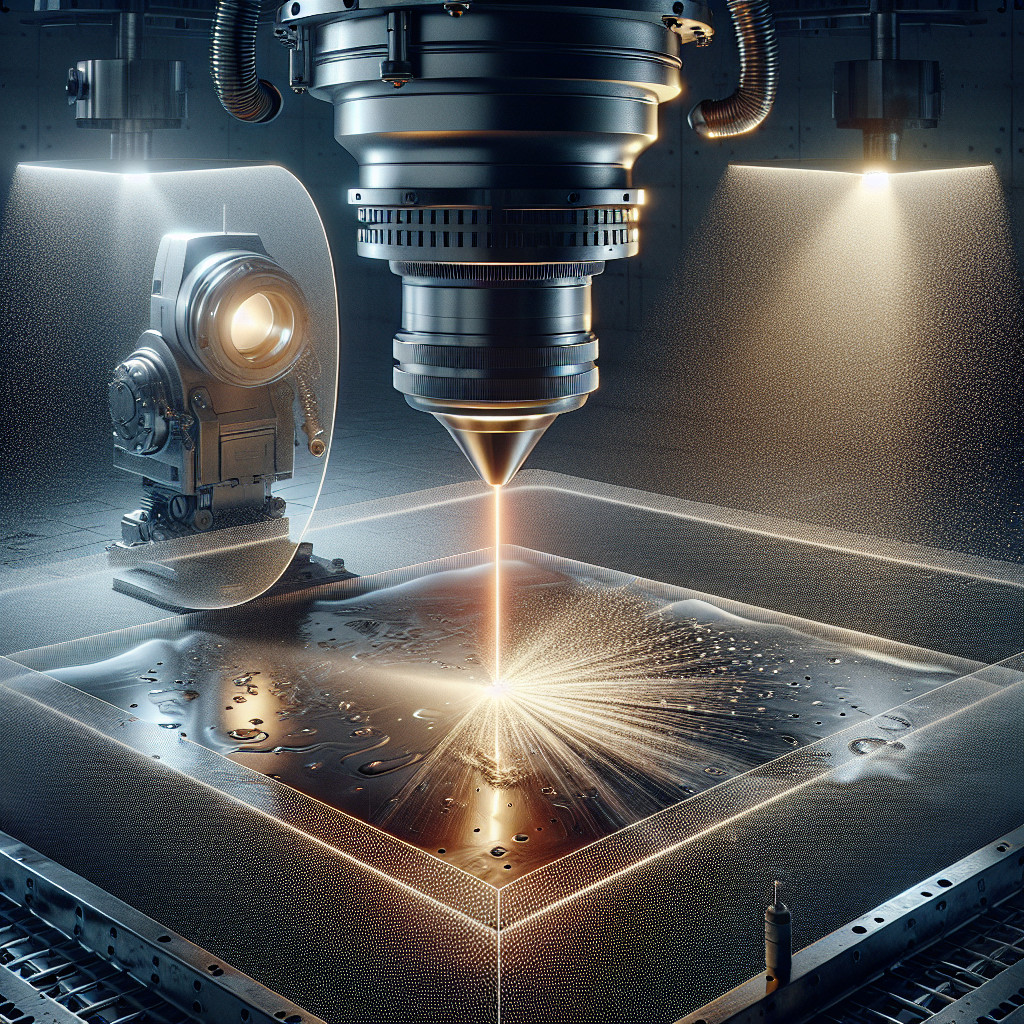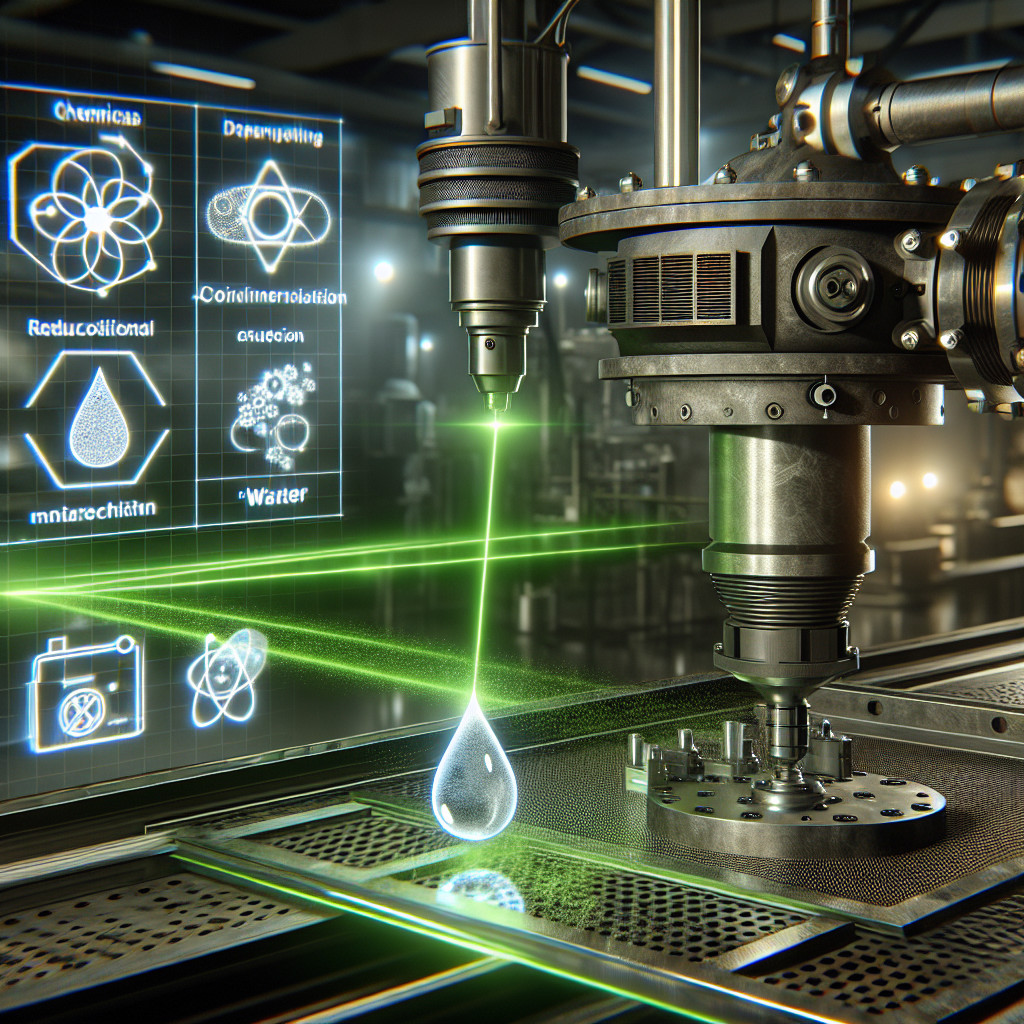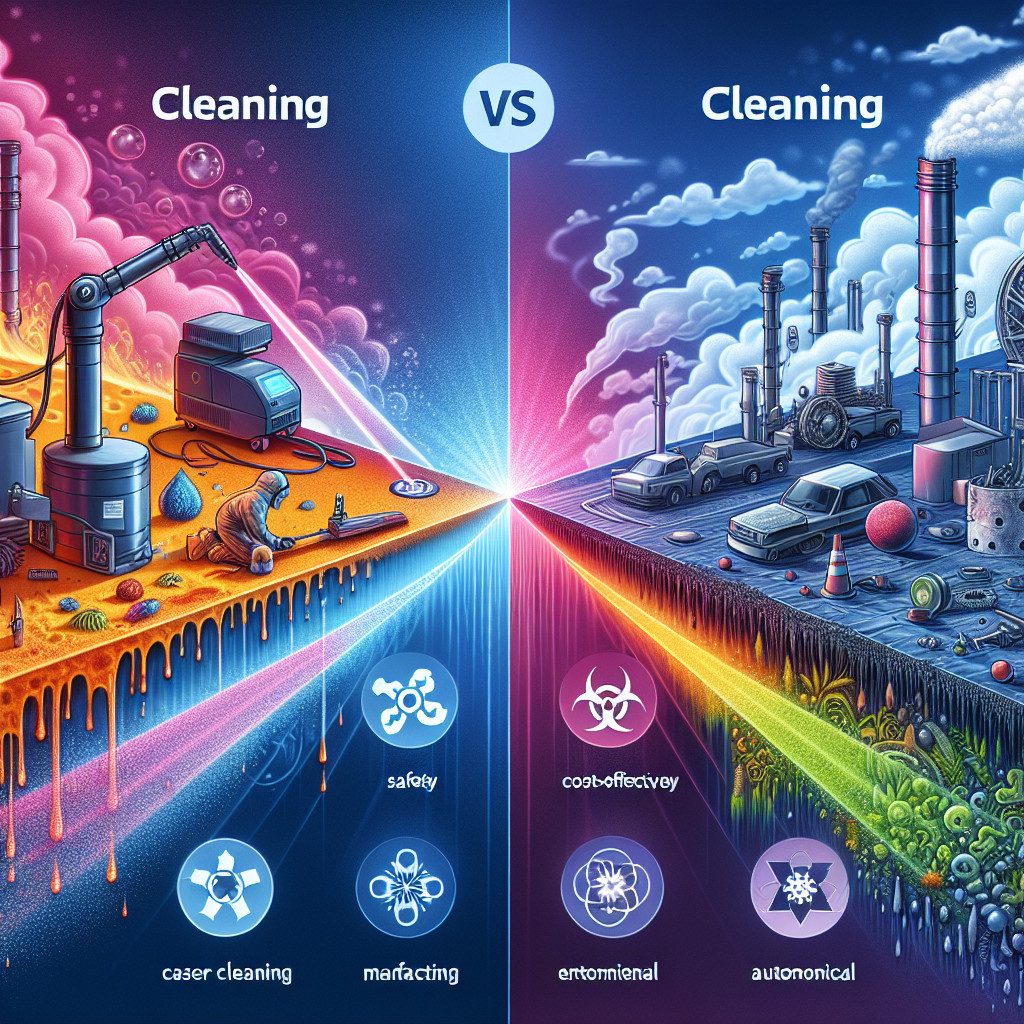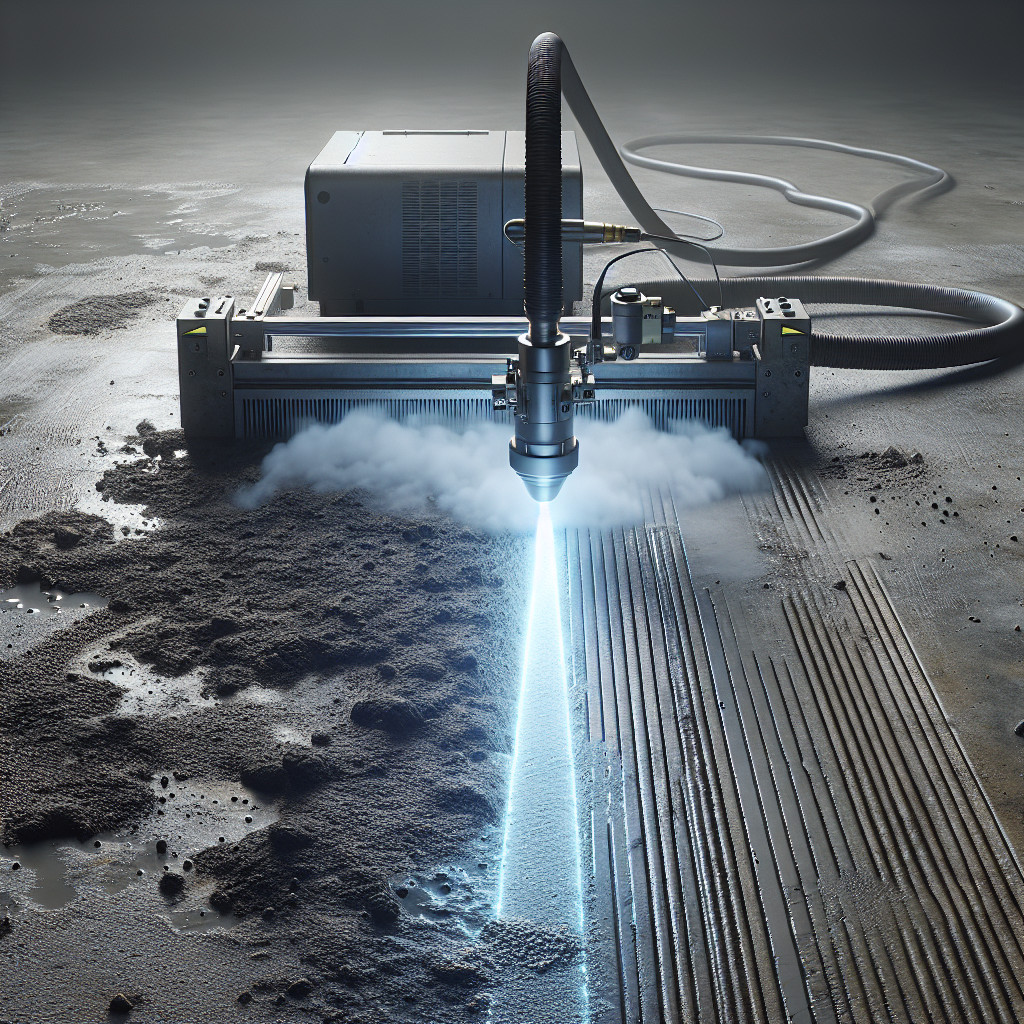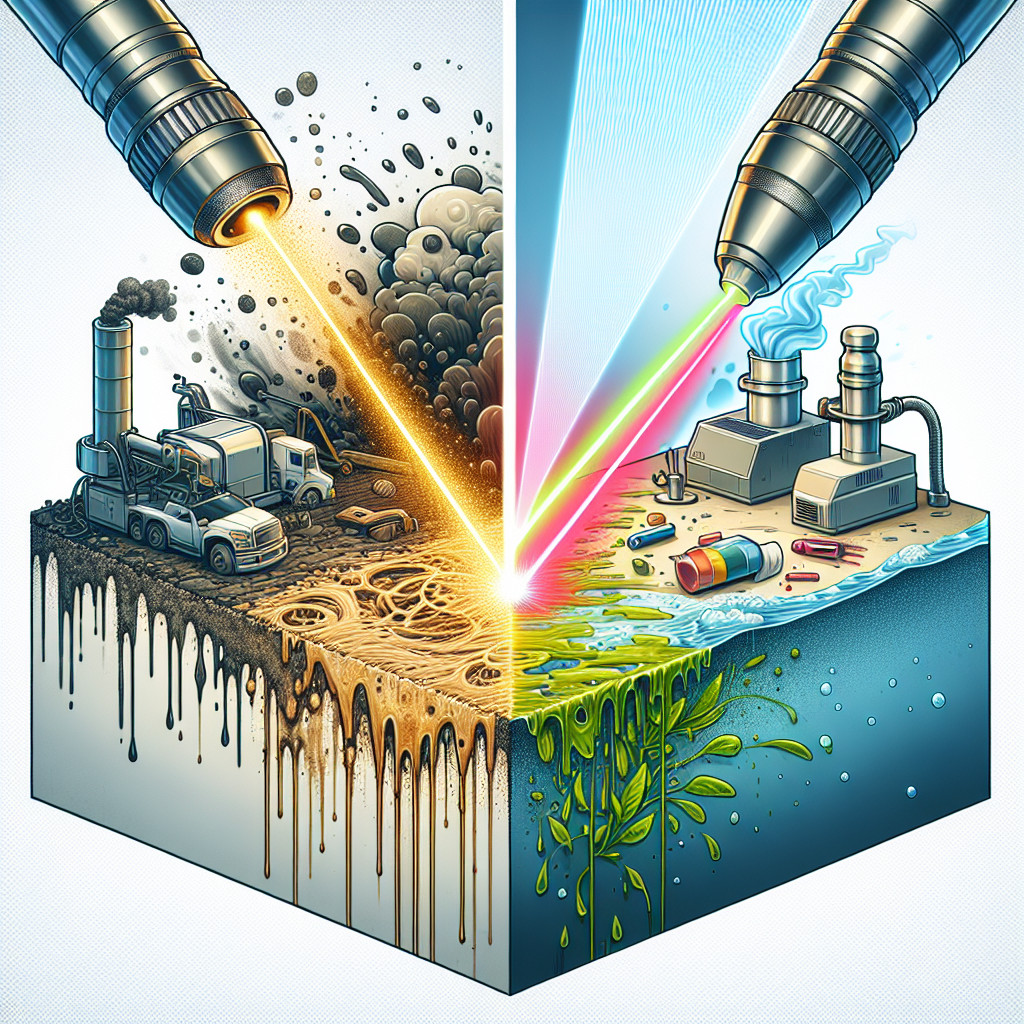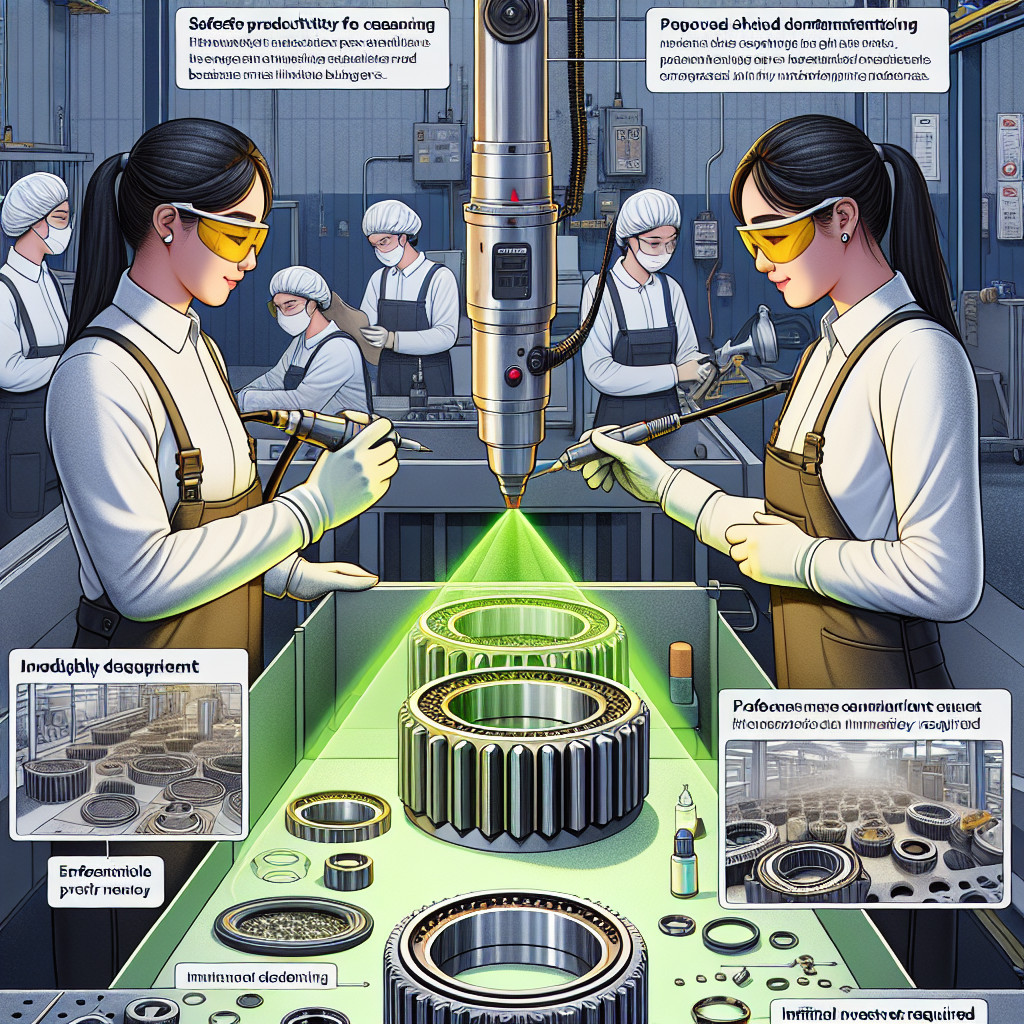Traditional cleaning methods, such as the use of chemicals or mechanical abrasion, often have a negative impact on the environment. Chemicals used for cleaning can leach into soil and groundwater, causing pollution and harming plants and animals. Additionally, surface abrasion can create waste that ends up in landfills and contributes to the world’s increasing waste.
Laser cleaning is an innovative method that minimizes the negative impact on the environment. This process involves directing a laser beam at the surface to be cleaned. The laser removes contaminants by evaporating or peeling their layer from the surface, without the need to use chemicals or mechanical abrasion. Thanks to this, laser cleaning does not generate waste or pollute soil or groundwater.
One of the main ecological benefits of laser cleaning is the reduction of water consumption. Traditional cleaning methods often require the use of large amounts of water, both to dissolve the chemicals and to rinse the surfaces. Laser cleaning does not require the use of water, which helps save this valuable natural resource.
Another benefit is that there is no need to use chemicals. In traditional cleaning methods, chemicals are often necessary to effectively remove contaminants. However, many of these substances are harmful to the environment and can cause serious health problems. Laser cleaning eliminates the need to use chemicals, which helps reduce the amount of toxic substances released into the environment.
Laser cleaning is also more precise and effective than traditional methods. The laser can be adapted to various types of surfaces and dirt, allowing for thorough and effective cleaning. In addition, the laser can reach hard-to-reach places that are difficult to clean using traditional methods. As a result, laser cleaning provides better results, which translates into less energy and time consumption.
It is also worth mentioning the long-term ecological benefits of laser cleaning. Because this method does not generate waste or pollute the environment, it helps reduce the amount of waste and pollution in the world. In addition, laser cleaning can be used repeatedly, which helps reduce the consumption of raw materials and energy needed to produce new items.
The conclusion is that laser cleaning is an innovative and ecological method that contributes to environmental protection. Thanks to the lack of the need to use chemicals, reduced water consumption and precise operation, laser cleaning is more environmentally friendly than traditional methods. These benefits have a long-term ecological impact, helping to reduce the amount of waste and pollution in the world.
Keywords: laser cleaning, environmental protection, ecology, benefits, reduction of water consumption, no chemicals, precision, effectiveness, long-term benefits.
Keywords: laser cleaning and environmental protection, benefits for ecology, laser cleaning and pollution reduction, laser cleaning and water savings, laser cleaning and the absence of chemicals, laser cleaning and precision and effectiveness, long-term benefits of laser cleaning.
- Laser cleaning and long-term cost savings – cost analysis - February 29, 2024
- Laser cleaning and reducing emissions of harmful substances - February 28, 2024
- Can laser cleaning be used in veterinary medicine? - February 28, 2024









